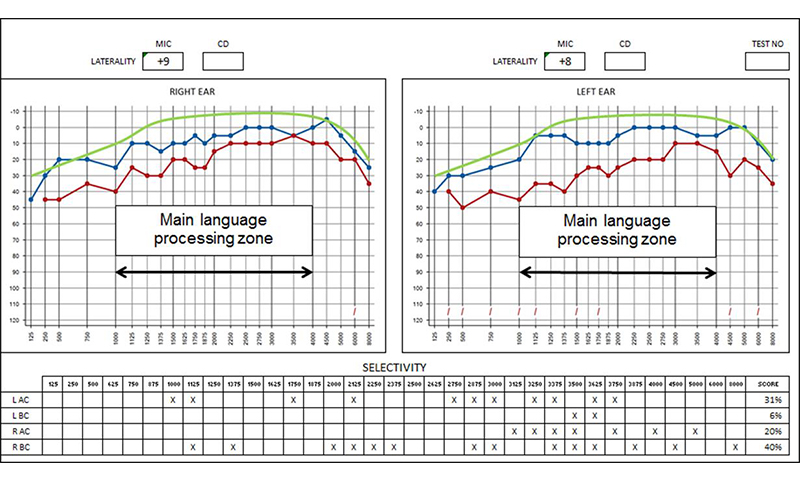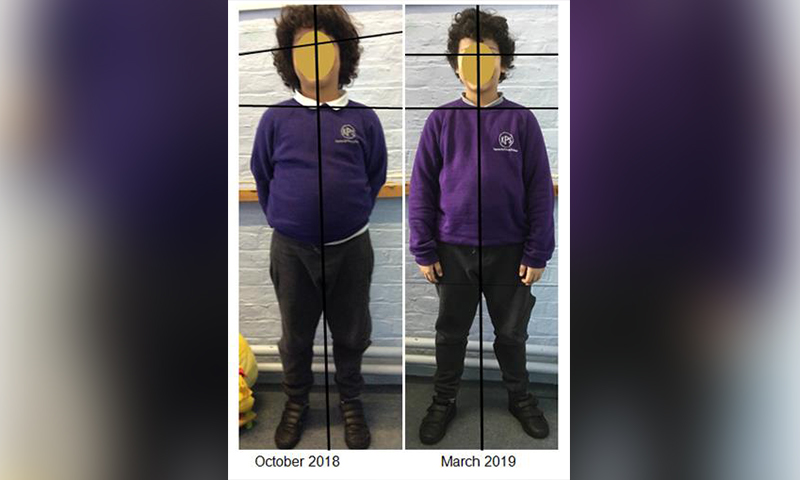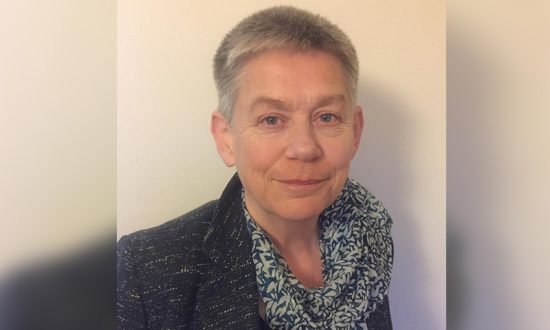Founder of the social enterprise Fit 2 Learn CIC (2012), Charlotte works to move children and adults on from learning difficulties, behavioural problems, and anxiety. She works through the kinetic chain of development that all people should have established by 8 years of age checking that each stage is in place so that the person can achieve motor-sensory integration and that there are no mismatches between senses that cause unconscious disruption to the person. Charlotte also trains other professionals in this craft; she is currently working on a training project in China. Charlotte is also a Ted talk speaker. Before working in this area, she was a senior teacher.
Changing how people make sense of sound is exciting and powerful. I trained in sound therapy with Tomatis in France. It was an important element in my training to understand how people need to develop to learn efficiently and behave calmly.
Sound processing is not just hearing, it is about making sense of the sounds we hear and being able to reproduce those sounds accurately in music, in foreign language learning, in nuanced speech, and being able to read for meaning. In order to be able to do that a person needs to be able to:
• Follow sound when it moves – some learners cannot do this so when a teacher walks about a classroom they cannot make sense of the teacher’s speech.
• Differentiate between different pitches of sound – learners who struggle with this skill often also have problems understanding many aspects of speech including whether the person is hostile or not.
• Process sound coherently through both air and bone conduction of sound. When I look at a person’s sound processing profile, I can often pick out whether their sound processing has been damaged by trauma or inner ear infection or other factors.
There are many sound therapies, but all modern therapies originate from the work of Dr Alfred Tomatis the French Ear Nose and Throat specialist who realised that:
• Speech indicates how a person processes sound
• People process sound through both air and bone conduction and those two systems need to work together
• That very small defects in sound processing could impact on behaviour, learning and emotional regulation.
The ear plays a vital role in human development it is our first myelinated sense, it is our warning system of danger. Also, within the inner ear is the vestibular system which plays a part in the following: motor skills, balance, sound processing, visual processing and links to facial muscles. Hence, when the ear is agitated with well calibrated sound therapy there is an impact on the whole sensory system.
Most people have never seen what a sound processing profile looks like. Below is one such screen shot. On the graph the X axis = 250 to 8,000Hz i.e. the main range of human sound processing; the Y axis = -10 to 120Db; the blue curve = the curve of sound processing through air conduction; the red curve = the curve of sound processing through bone conduction; the green curve is the approximate location of an ideal curve for air conduction of sound, the bone conduction should lie a consistent 10Db below. Laterality indicates how easily a person can follow sound. Selectivity indicates how well a person can judge changes in pitch.
From this screening, I can see that the person struggles with sound processing. I can see that there is some struggle with following sound when it moves; the problems with selectivity tell me that there are problems interpreting subtleties of language. I can see that messages to the brain are getting scrambled because of many small problems, such as sound processing on left and right sides is not symmetrical; there are clashes between air and bone conduction of sound; there are also some large gaps between air and bone conduction of up to 35 decibels, which indicate “held trauma”; in the range 1,000Hz to 4,000Hz there are dips on both sides, dips in this area will impact disproportionately on processing language and dips in sound processing can cause a person to be depressed. So, a sound profile provides us with lots of evidence. In many ways you know this already because the tone of a person’s voice tells you so much about them.

Sound processing can impact on posture. When a person’s sound processing improves so does their vestibular integration and that is reflected in the person’s postural control.

This boy’s posture improved with three rounds of Tomatis sound therapy. During that period his ability to draw went from scribbling to being able to draw accurate pictures of his favorite cartoon character. With postural change and sound processing changes, speech will also change.
Disruption to sound processing can impact on vision. It is possible to capture screenshots of people’s eye-tracking when they are reading text which has no meaning i.e. numbers and observes how the eyes move. Then compare that to screenshots of the person reading for meaning i.e. reading a story. When there is a difference between the two sets of screenshots it is possible to observe the impact of sound disruption on eye movements. The person below has no difficulty reading numbers, but their right eye closed down when reading a story. That was useful evidence for them to understand why they had always struggled to learn and this, in turn, triggered anxiety.

When the sound processing issues are sorted out then the eye movements when reading for meaning become far more regular and the reading speed and the comprehension improve.
It is thrilling when people make a big jump in their processing. With children it is usually their parents who notice most, the children themselves tend to take change for granted, but with adults who have struggled for decades, it can be a great release. The purpose of what I do is to set people free to do whatever it is they want to do with their lives.
When I am not working hands-on with clients or training other practitioners I am lobbying the British Government to understand that our early start to formal education in the UK is damaging children and that if we could be patient and build skills in order of development we would have a more highly skilled population with fewer physical and mental health problems. Our basic guidelines are as follows:
- Infancy is from 0 to 7 or 8 years old
- Postural control should be established by 7 years
- Bi-lateral integration of motor skills should be established by 7 years+
- Sound processing moves (ideally) from left to right ear dominant at 6 years; children can process all the sounds of the English Language by 7 years.
- Binocular vision should come in at 7 years of age
- Motor-sensory integration is from 8 years+ for life.
If we want all of our children to be highly skilled, to share in the wealth of tomorrow, then we must ensure that we maximize their motor-sensory integration. There is no greater gift that we can give a child.




